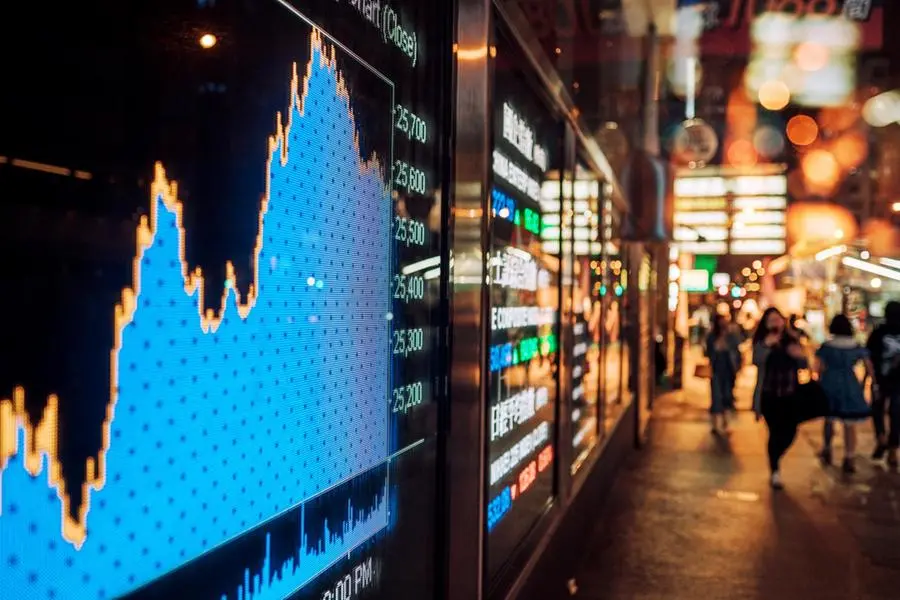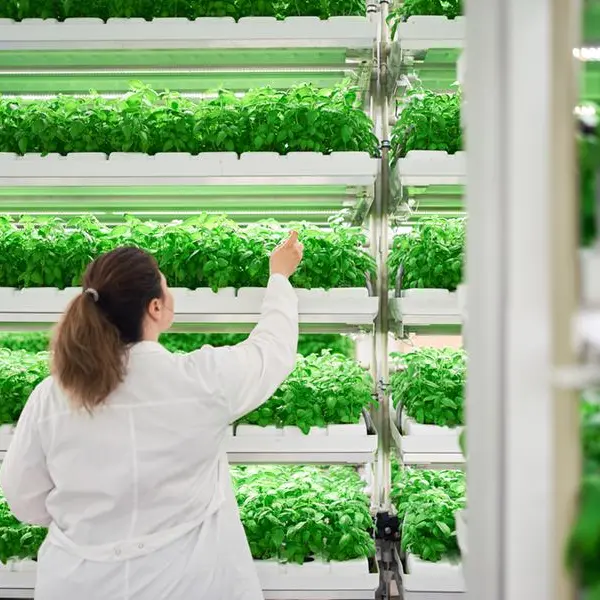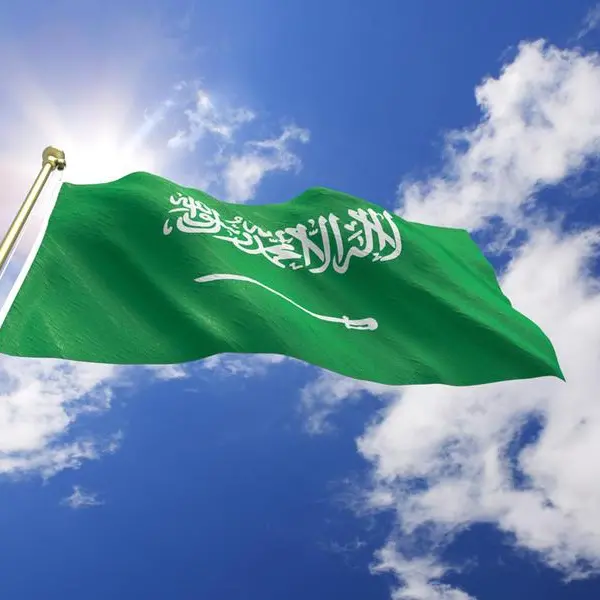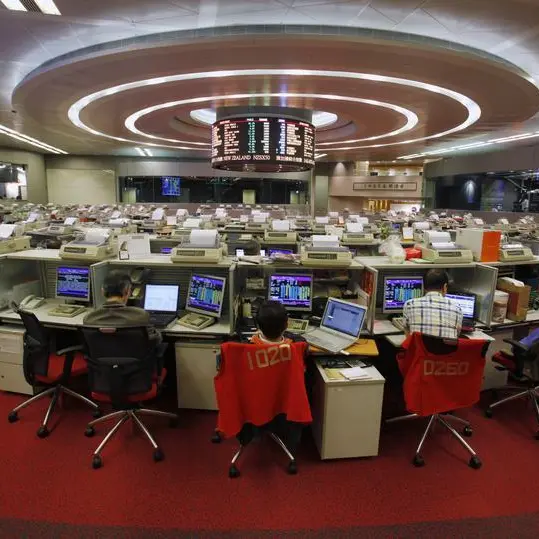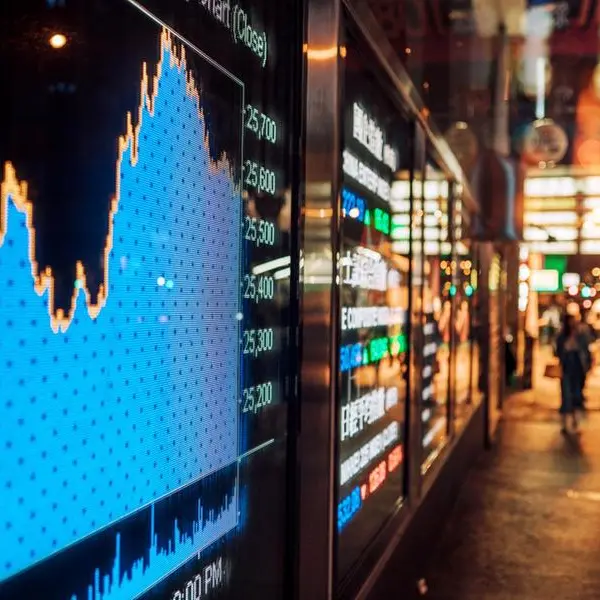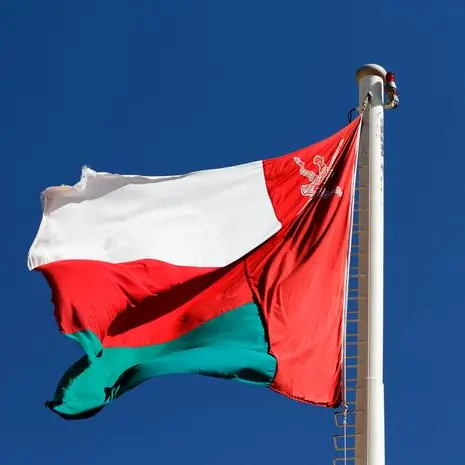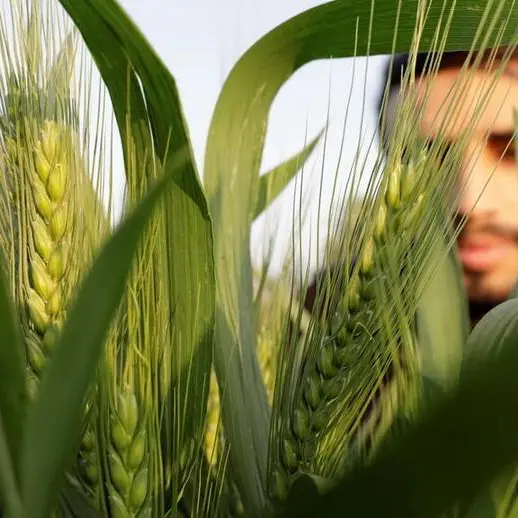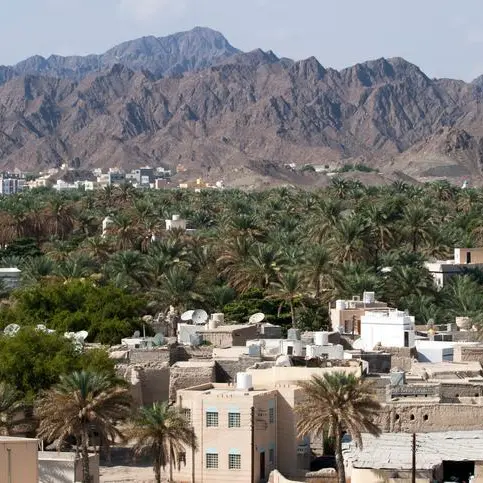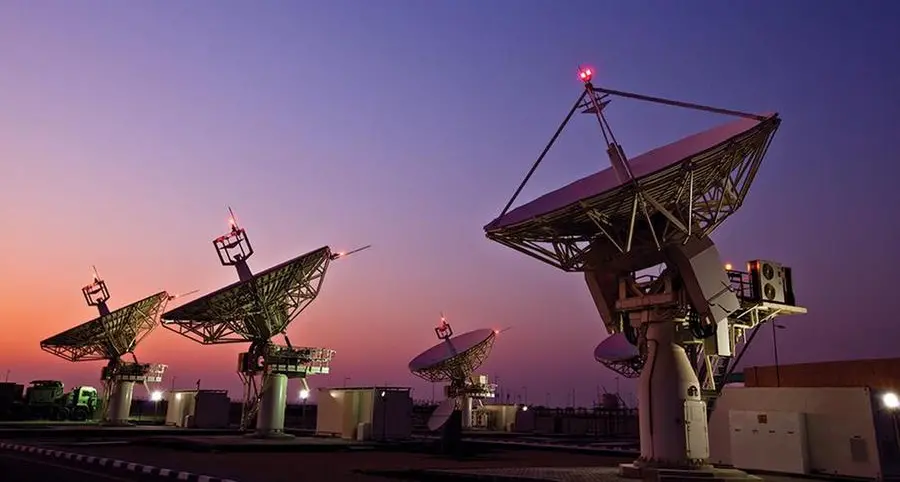PHOTO
Countries in the Gulf Cooperation Council (GCC) region will likely post a modest economic recovery over the next few years amid expectations that the COVID-19 vaccine will be widely available by June 2021, S&P Global Ratings said.
After contracting by approximately 6 percent this year, the real gross domestic product (GDP) for the region is forecast to grow by 2.5 percent in 2021 to 2023, with the non-hydrocarbon sector leading the way.
However, the pace of recovery among GCC states will vary, with the UAE likely to lag a bit behind some of its peers in terms of real GDP growth, owing to the significant slowdown in the travel and tourism sectors. Among the first to spring back to recovery, Oman and Saudi Arabia are forecast to bring their real GDP to pre-COVID-19 levels in 2022.
“We expect a broad recovery across hydrocarbon and non-hydrocarbon sectors over the period to 2023. Our base assumption is that OPEC+ production cuts, amounting to about 17 percent of October 2018 production, end in April 2022,” the ratings agency said.
“These assumptions are based on our view that widespread availability of effective immunization against the coronavirus could come by the middle of next year,” it added.
Economies across the region have been impacted by the coronavirus pandemic, with economic activity slowing down amid declines in travel and tourism, as well as low oil prices and OPEC production cuts.
UAE outlook
In the UAE, declines in Abu Dhabi’s oil activity and Dubai’s tourism are expected to stunt growth.
Dubai’s economy, in particular, is expected to post a sharp contraction this year, owing partly to the fall in visitor arrivals, but S&P said that the delayed Expo 2020, which will now take place in October 2021, should provide a platform for a recovery in activity.
S&P said Dubai’s GDP will recover to 2019 levels only by 2023.
The latest data gathered over the last few weeks by other sources, however, showed that demand for travel to the UAE is picking up on the back of a series of reforms introduced in the country. The UAE’s major long-haul operator, Emirates, has also seen a surge in bookings from inbound and outbound travellers for the month of December.
As for Abu Dhabi, which is highly dependent on the hydrocarbon sector, S&P said a gradual economic recovery can be seen from 2021, but real GDP will recover close to 2019 levels only by 2023.
Its hydrocarbon sector production will receive a boost from 2022, when OPEC+ production limits are lifted and new gas production comes on stream. The emirate’s non-oil sector will recover on the back of public investment in manufacturing, particularly petrochemicals, logistics and construction, S&P said.
Saudi Arabia
The OPEC+ production cuts, as well as the kingdom’s sharp decline in net exports brought down Saudi Arabia’s real GDP this year. Broad declines are expected across non-oil sectors, and steep drops in wholesale and retail trade and restaurants and hotels, S&P said.
Domestic consumption for the second half of the year is expected to post “steep” declines, owing to the July increase in VAT to 15 percent.
By 2022, Saudi’s economic activity is expected to accelerate to close to 3 percent, ahead of Dubai and Abu Dhabi, mainly due to the lifting of the OPEC+ quotas.
“We expect real GDP to recover to 2019 levels in 2022,” said S&P.
Oman
In Oman, economic growth will remain relatively muted, although a gradual recovery in domestic demand and investment is expected in 2021.
Economic activity will also find support from rising gas production from the Ghazeer field, while the lifting of OPEC production limits in 2022 will likely boost net exports. By 2021, the country’s real GDP is likely to grow by 2.2 percent and 3.5 percent in 2022.
Also, unlike UAE, Oman is expected to push its real GDP back to pre-COVID-19 levels by 2022.
Qatar
The slowdown in the construction sector has dragged down economic activity in the Gulf state.
According to S&P, Qatar’s headline real GDP growth through 2023 is likely to remain below the historical average due to a weak construction sector, while gas production is expected to experience limited growth in 2021-2023.
The Gulf state is second only to Kuwait in the GCC in terms of hydrocarbon dependence. Unlike most other GCC economies, its hydrocarbon sector is about 80 percent gas and 20 percent oil.
“However, it is the non-hydrocarbon sector that is dragging down economic activity in 2020 and that we expect to support the recovery in 2021,” S&P said.
Kuwait
The most directly dependent on hydrocarbons of all GCC states, Kuwait is expected to see its economic growth surging in 2022 on the back of stronger net exports, driven by rising oil product.
“From 2023, as additional oil production capacity comes online, including from the restart of production in the Joint Neutral Zone with Saudi Arabia, we expect Kuwait’s economic growth to remain strong,” S&P said.
“We expect the non-oil sector to play an only limited role in Kuwait’s recovery over the next few years,” it added.
(Reporting by Cleofe Maceda; editing by Seban Scaria)
Disclaimer: This article is provided for informational purposes only. The content does not provide tax, legal or investment advice or opinion regarding the suitability, value or profitability of any particular security, portfolio or investment strategy. Read our full disclaimer policy here.
© ZAWYA 2020
